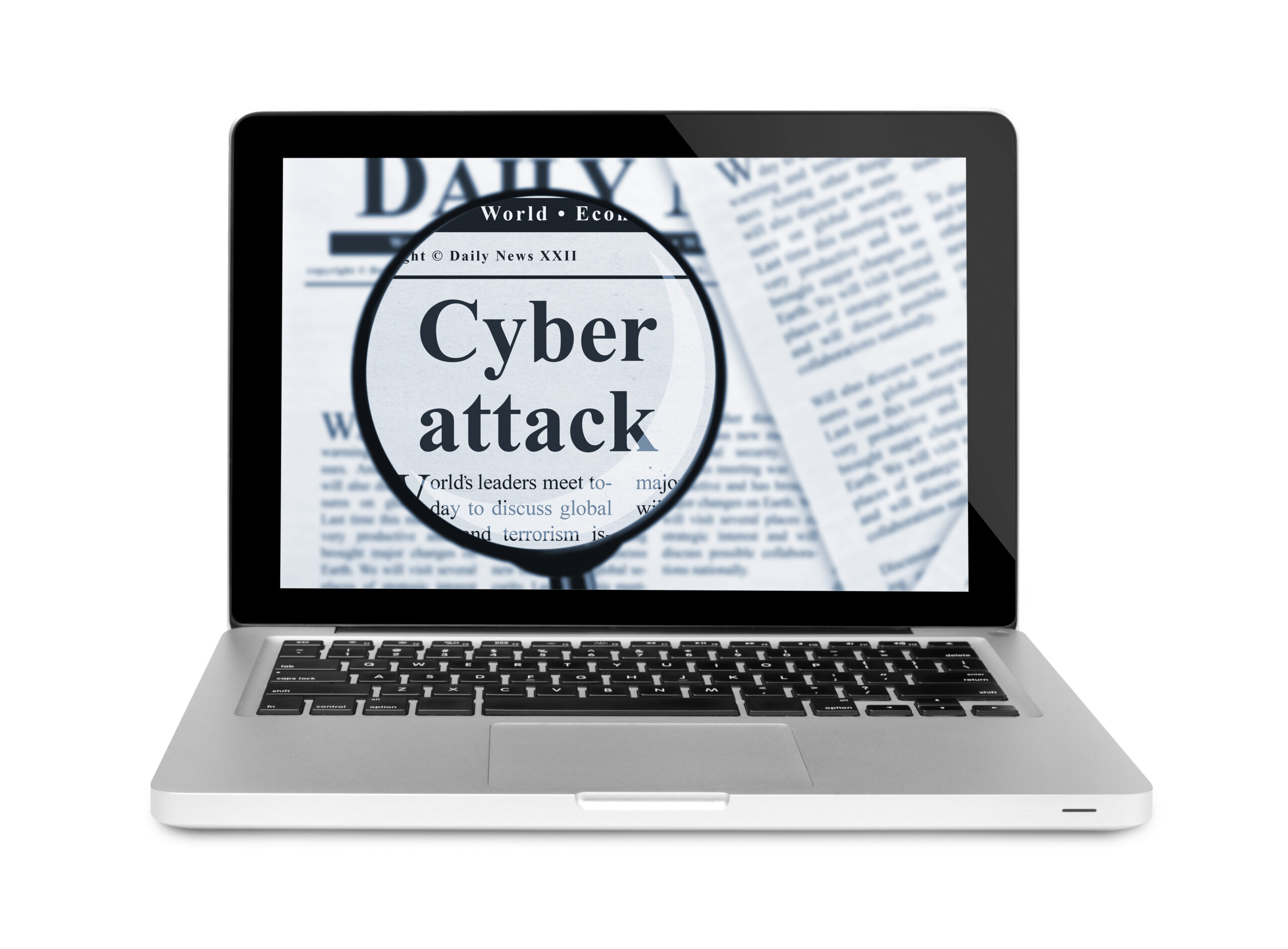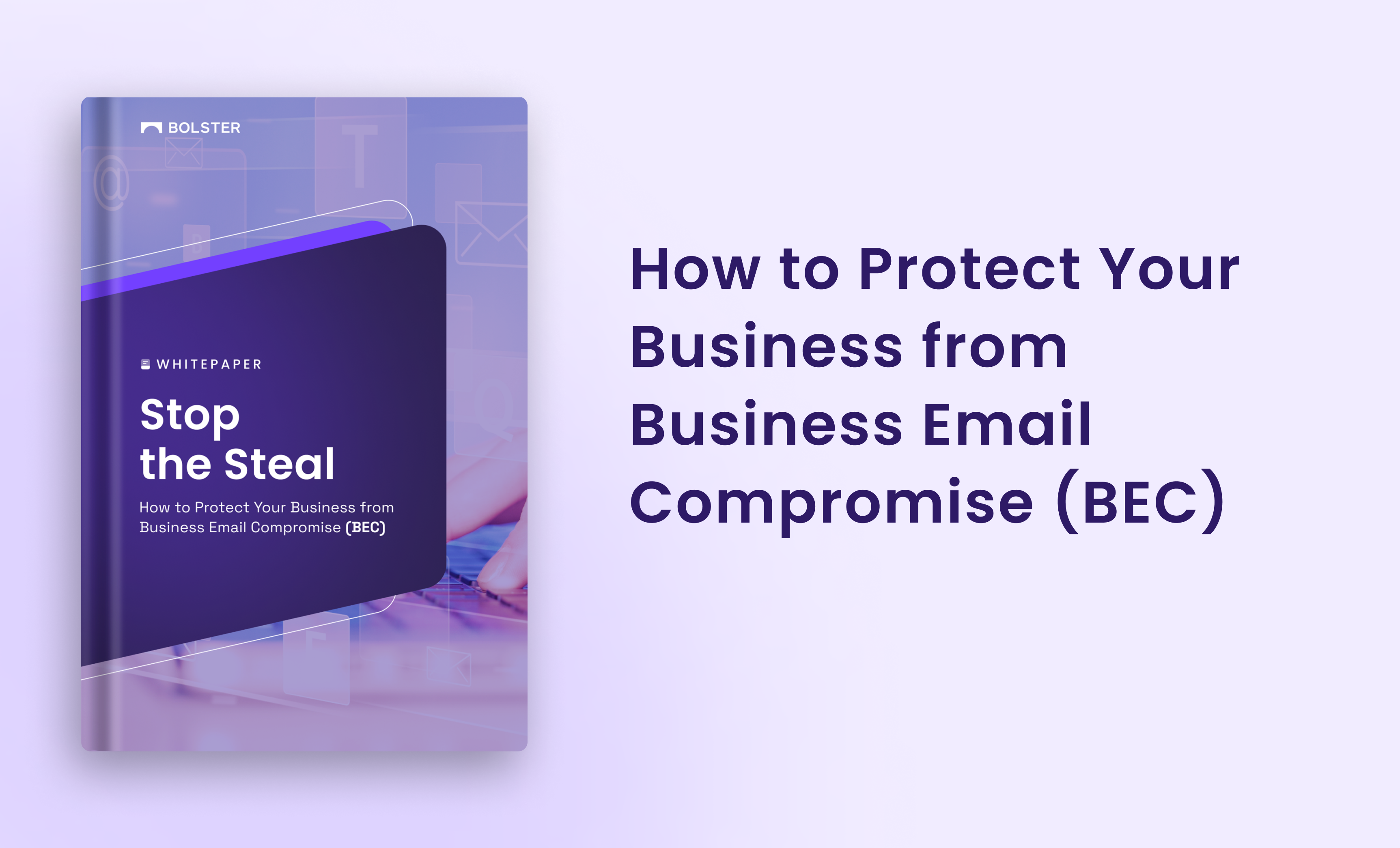In this blog post, we will review BrandShield competitors. Chances are that you’ve heard the phrase “brand protection” surrounding cybersecurity concerns throughout the global digital economy.
Cybercriminals have been attacking brands using increasingly diverse tactics, including phishing, logo infringement, and executive impersonations, to mimic brands and deceive customers, employees, and business partners.
The good news? You can safeguard your business against logo infringement and other brand attacks by investing in domain monitoring and brand protection software. Many domain monitoring solutions are out there, including the increasingly popular BrandShield.
While BrandShield is one player in the brand protection space, many BrandShield competitors are worth considering before deciding what works best for your business needs.
Here’s a rundown of some of the best brand protection alternatives.
Bolster
It is an all-in-one solution that provides AI-driven domain monitoring and typosquatting detection. It can proactively detect and notify you about spoofed websites, phishing, and other efforts to hijack your brand image before they become malicious. It also offers automated takedowns of fake sites and content.
Bolster uses AI-based detection tools to scan social media platforms, app stores, the dark web, and websites in real time. It can see if your images, logo, or branded assets are used to dupe consumers, employees, or business partners into handing over confidential data.
This user-friendly platform features different dashboard options that you can use to improve collaboration across your entire business. Bolster can be deployed in minutes and requires no integration or installation from the user’s team.
Bolster is a good choice for organizations of all sizes looking to identify brand impersonation threats better and remediate them without using additional resources. Users can trust they’re getting their money’s worth with Bolster, which Forrester reports produces 278% ROI.
Bolster.ai is one of the top BrandShield Competitors.
DNSlystics
DNSlystics is a simple investigation tool to learn more about a given URL. This tool can provide information like MX and DNS records, geolocations, and IP addresses. DNSlystics also assists with reverse lookups of nameservers, domains, and IP addresses.
DNSlystics monitoring services use your trademark, product names, and brand name to monitor for lookalikes. However, you must manually input keyword strings, meaning good queries are the key to generating valuable results.
The platform also offers premium services. If a concerning domain is located, it will send users an email alert so they can take action. It won’t handle remediation, so teams must take down fake sites independently.
TrackStreet MAP Compliance Software
TrackStreet MAP Compliance Software markets itself as a “true brand partner” and uses AI to assist companies in minimum advertised price (MAP) enforcement. This service is precious to manufacturers that work with online retailers and drop shippers, as some in the latter camp are notorious for getting into price wars.
TrackStreet MAP Compliance Software can also aid in market visibility assessments. The platform’s tools allow users to identify who sells their products, how much they list them for, and what domains they use.
Compared to some of the other options on our list, TrackStreet MAP Compliance Software provides little in the way of brand protection aside from its compliance tool. It can’t remediate fake sites or help organizations guard against cyberattacks through domain monitoring.
Corsearch
Incopro, now part of Corsearch, is a famous brand protection platform that offers multiple tools. Its core feature is a channel protection solution that boosts visibility into trademark infringement. They are also able to spot spoofed domains. Brands can use this tool to protect their customers from fake sites.
Additionally, Corsearch offers revenue protection tools to prevent customers from purchasing knock-off products on untrustworthy sites. Incopro also provides IP protection to protect their domains.
Incopro generates detailed reports that help users assess risk and proactively address vulnerabilities.
Smart Protection
Smart Protection is one of the most popular BrandShield competitors. This provider offers comprehensive brand infringement protection tools companies can use to protect their reputations, preserve value, and avoid growth hurdles.
Smart Protection furnishes brand infringement detection tools that enable companies to spot counterfeits and identify rogue sites. It also categorizes problematic websites based on their risk to the business.
This provider offers threat remediation, meaning it will take down websites infringing on the user’s brand.
DNSRazzle
DNSRazzle is a free, open-source Python tool to detect brand impersonation and typosquatting. It runs off the DNSTwist engine to create variations of your domain, then checks to see if any variations are in use. If it finds any, it takes screenshots of them and sends you an alert.
DNSRazzle can efficiently detect any domains attempting to impersonate your brand. The screenshot function provides vital proof for documenting the fraud and reporting the spoof site. However, DNSRazzle doesn’t help with remediation, so users must manage that outside the platform.
Which of the Top 5 BrandShield Competitors Is Right for Your Brand?
Exploring this list of BrandShield competitors will help you better understand the benefits of each potential solution and how it promises to safeguard your valuable brand assets.
However, if you’d like to examine even more options, check out our assessment of top Red Points alternatives. Red Points is one of many BrandShield competitors and operates within the domain monitoring and brand protection space.
When weighing your options, make sure you take advantage of demo opportunities. Bolster offers free demos so brand protection teams can assess the efficacy of our product and find the optimal solution for the business.
See how Bolster can help your organization manage brand infringement threats, and download our whitepaper “Best Practices for Modern Brand Protection.”









